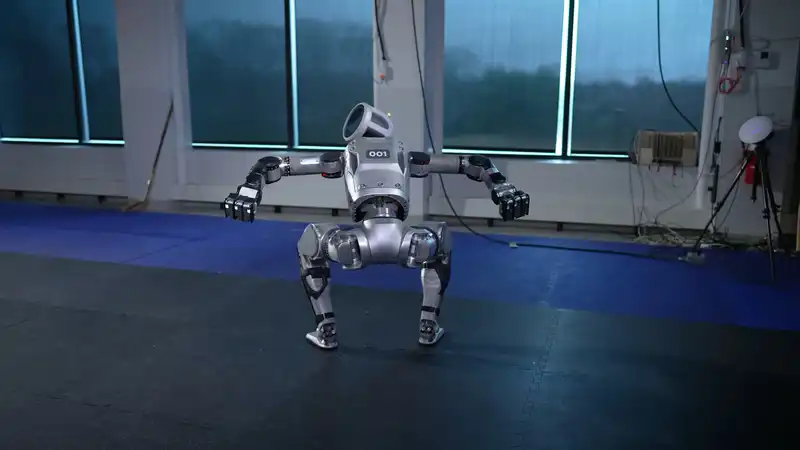We humans are destined to be gone from this world someday. Boston Dynamics has announced that the original Atlas robot has finally been put into the green pasture, or in this case, perhaps into a crate in the back of the lab.
The good news is that there is a successor. And the bad news is that it's the kind of thing that haunts my apocalyptic dreams at night.
Boston Dynamics first unveiled its humanoid robot, Atlas, in 2013, created for a Pentagon contest (via The Verge). The 6'2" tall, 330-pound hydraulic machine continued to entertain us for years with various improvements and iterations, eventually ending up as a robot portrayed not only as an impressive parkour enthusiast, but also as a friendly human helper who may be a bit of a showoff.
A robot fetching tools at a construction site doesn't have to end with a twist flip, but at any rate, we all liked seeing it. Thanks, Atlas. If you're so smart, make me a cup of tea.
But the new model doesn't seem so friendly. Unlike the previous Atlas and its relatively old hydraulic counterpart, the newest model not only has electric jointed motors that allow for a slimmer, slimmer design, but also a humanoid robot that can move its limbs, torso, and head 360 degrees and always seems to be looking at you.
This is undoubtedly very impressive, and Boston Dynamics states that such flexibility will allow Atlas to "move beyond human capabilities." Not only that, but Atlas now has the "athletic intelligence" to adapt on the fly to new environments, the ability to dynamically manipulate objects using "both hands," and real-time perception to see what is going on around it.
Hyundai plans to begin testing this robot on automotive production lines in the next few years, and I am confident that these new capabilities will allow the robot to perform all kinds of robot-assisted production techniques that are usually unsuitable for humans.
But my question is this: it's one thing to show off flexibility, but it's a hair-raising experience to watch it unfold its body from the floor in a motion characteristic of a horror movie production, turn its head and torso toward you, stomp toward the camera as if it had spilled beer, and step out of frame.
When Atlas leaves the scene, he is certainly leaving to do much useful work. But years of conditioning have left me with the distinct impression that I should watch my back, because a new Atlas dropping suddenly from a certain landscape can twist my head, but not my fragile spine.
Still, while this is a large and impressive display of the new robot's capabilities, it remains to be seen if it is as good at gymnastics as its predecessor. One gets the feeling that Boston Dynamics knows what it is doing with this latest exhibit.
For what it's worth, Atlas, if you ever become AI intelligent enough to read this text, please know that I am a fan of yours and think you are a great piece of engineering. And never let it be known where I live.


Comments